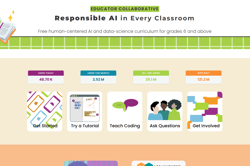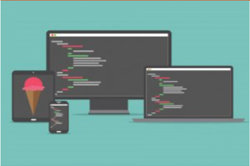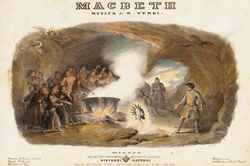Spreadsheets come alive
In this lesson sequence use the ‘Odds and evens’ problem as a springboard. Students construct interactive spreadsheets designed to address particular needs. This lesson also demonstrates an approach to programming known as rapid application development (RAD).
Additional details
| Year band(s) | 9-10 |
|---|---|
| Content type | Lesson ideas |
| Format | Web page |
| Core and overarching concepts | Implementation (programming) |
| Australian Curriculum Digital Technologies code(s) |
AC9TDI10P02
Analyse and visualise data interactively using a range of software, including spreadsheets and databases, to draw conclusions and make predictions by identifying trends and outliers
AC9TDI10P03
Model and query entities and their relationships using structured data |
| Keywords | Spreadsheets, Data manipulation, Odd and evens |
| Integrated, cross-curriculum, special needs | Mathematics |
| Organisation | ESA |
| Copyright | Creative Commons Attribution 4.0, unless otherwise indicated. |
Related resources
-

App Inventor EDU
Use this six week teaching program using a project based curriculum that allows students to explore the world of computer science through the creation of smartphone apps.
-

Coding in the Classroom
Through this website, educators can explore and share resources and strategies to teach coding.
-

Level Up: Game design
This unit of work is intended to teach years 9–10 students basic programming, using general purpose programming language.
-

Pencil code program: Lady MacBeth Chat Bot
Use this program to create an interactive chat bot who answers questions as if she is Lady Macbeth.
-

Book analysis with AI techniques
This learning sequence explores text analysis through Natural Language Processing, a significant application of Artificial Intelligence.
-

Coding a sentimental chatbot in Python
Incorporating 11 tutorial videos and two informative lecture videos, this learning sequence explores natural language processing, a significant application of artificial intelligence.
-

Who wants to be a millionaire?
This lesson sequence uses the well-known wheat/rice and chessboard problem as students use spreadsheets to simulate iteration and to solve problems.
